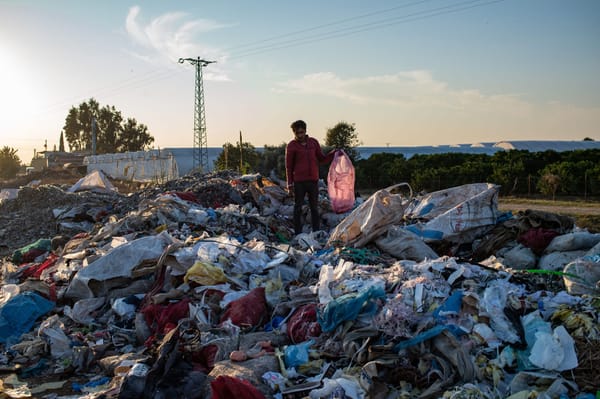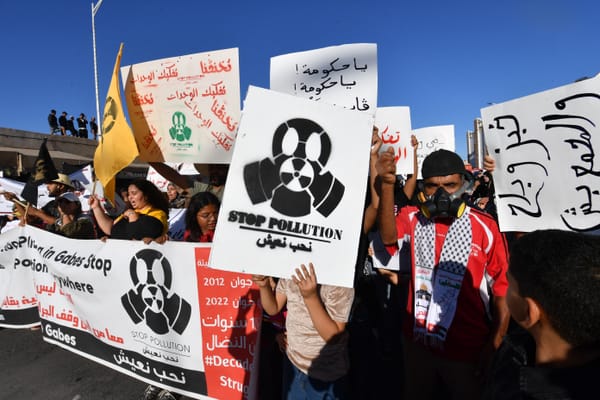Egyptian Political Economy
Robert Bianchi, Unruly Corporatism: Associational Life in Twentieth-Century Egypt (Oxford, 1989.) Joel Migdal, Strong Societies and Weak States: State-Society Relations and State Capabilities in the Third World (Princeton, 1988). These two important new books address some of the central questions









